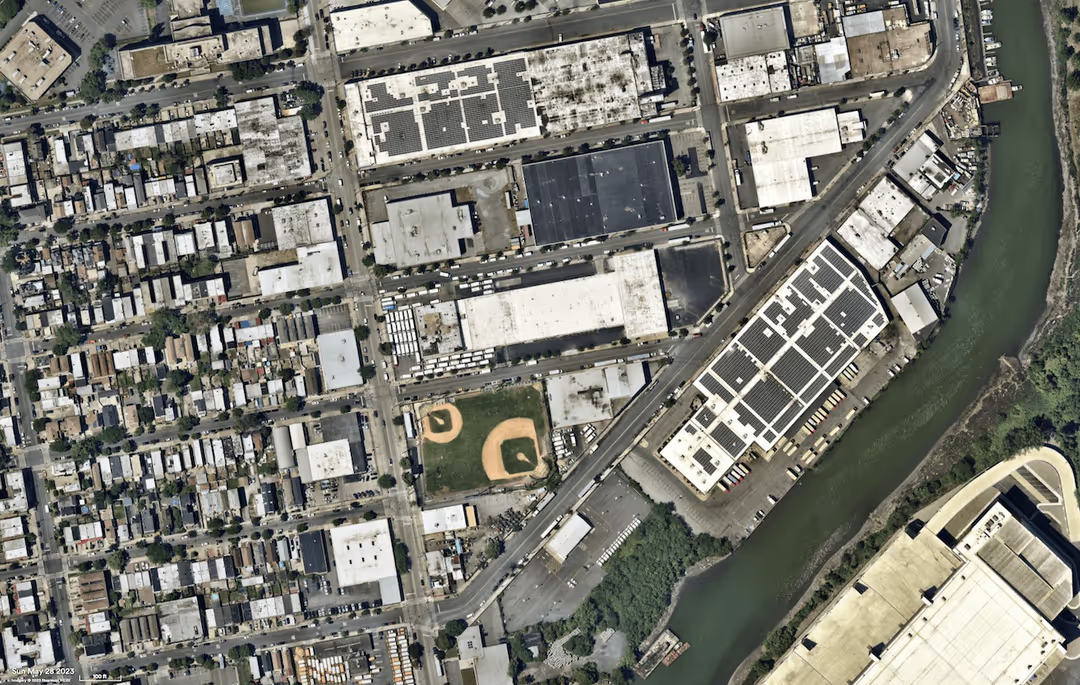Additional guidance on Low-Income Communities Bonus Credit Program ("LMI Adders") was released last week. There is a lot to unpack, but here are some of the important highlights.

Aug 15, 2023
Categories of projects
The allocated capacity is assigned to four (4) categories of eligible solar and wind capacity. You can only apply for a categorical capacity allocation once per year per project. These adders are not stackable.
A new map was released that maps Category 1 eligibility, as well as, additional geographical selection criteria. For the 2023/24 program year, at least 50% of the capacity of each category will be reserved for projects meeting additional ownership and/or geographic selection criteria. A lottery system may be used in oversubscribed categories to decide among similarly situated applications.
Application process
The Department of Energy (DOE) will review applications and make recommendations to the IRS, which will allocate the bonus credit to 1.8 gigawatts (GW) of eligible solar and wind capacity per year. The DOE application will be available in Q3.
There will be a 30-day window to apply. All applications submitted within the 30-day period will be treated as submitted on the same date and at the same time. Following the 30-day period, DOE will generally accept applications on a rolling basis and will review applications and provide recommendations to the IRS in the order applications are received until the IRS allocates all Capacity Limitation in a program year.
After the IRS awards all the Capacity Limitation within each category, or the program year is closed, DOE will cease review of any remaining applications. After the end of the program year, no further action will be taken on applications submitted but not awarded an allocation. Applicants may reapply in the next program year if they remain eligible.
Demonstrating development progress
In order to demonstrate project maturity, projects will be required to provide documentation in their application of interconnection approval, site control, permits, and power purchase agreements (if applicable).
There is an additional set of attestations and document requirements to be submitted once placed in service including a Permission To Operate (PTO) letter and Professional Engineer stamped as-built design plan. Categories 3 and 4 have additional document requirements including consumer disclosure attestations.
More Capacity and Category Details
- Eligible Housing Criteria: The DOE has established a list of eligible housing for Category 3.
- Additional Ownership Criteria: The Proposed Rules provided that the Ownership Criteria category is based on characteristics of the applicant that owns the qualified solar or wind facility. A qualified solar or wind facility will meet the Ownership Criteria if it is owned by a Tribal enterprise, an Alaska Native Corporation, a renewable energy cooperative, a qualified renewable energy company meeting certain characteristics, or a qualified tax-exempt entity.
- Additional Geographic Criteria: The Proposed Rules provided that the Geographic Criteria category is based on where the facility will be placed in service. To meet the Geographic Criteria, a facility would need to be located in a PPC (Persistent Poverty Country) or in a census tract that is designated in the CEJST as disadvantaged based on whether the tract is either (a) greater than or equal to the 90th percentile for energy burden and is greater than or equal to the 65th percentile for low income, or (b) greater than or equal to the 90th percentile for PM2.5 exposure and is greater than or equal to the 65th percentile for low income.
More information available on the DOE website.
Simplify tax credit transfers with Basis



